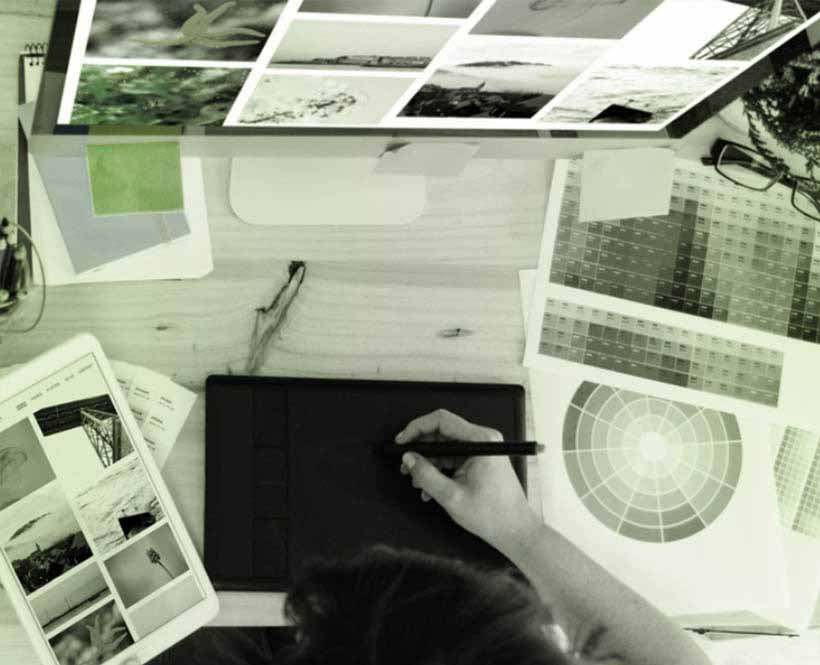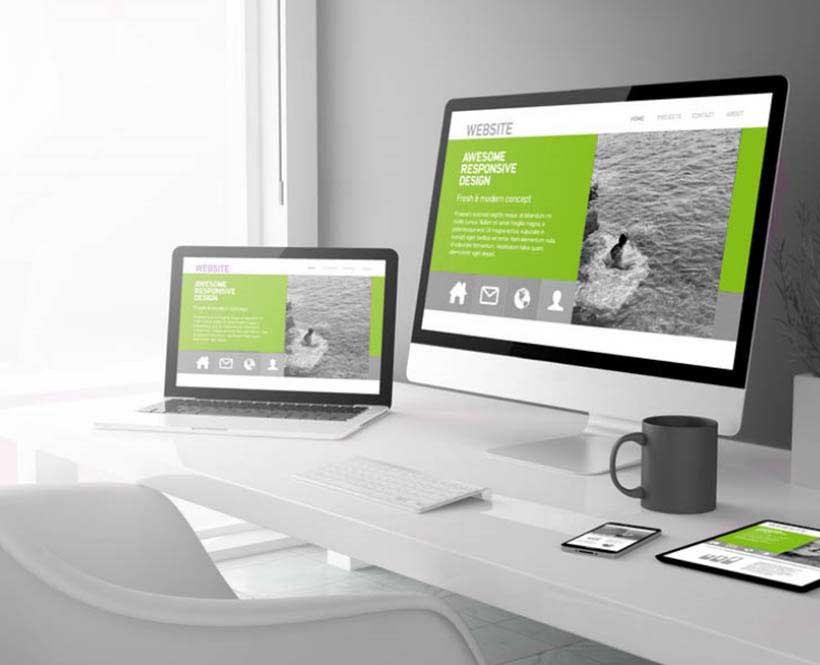Desktop Publishing – Because Appearance Complements Content
It is true a picture is worth a thousand words, and in the world of translating heavily formatted documents, this couldn’t be any less true. No matter how creative and well-written your content is, a boring and cluttered layout won’t grab the attention of your target audience. So, if linguistic accuracy and aesthetic appeal equally matter to you, then desktop publishing is necessary. And bayantech is here to help!


















































